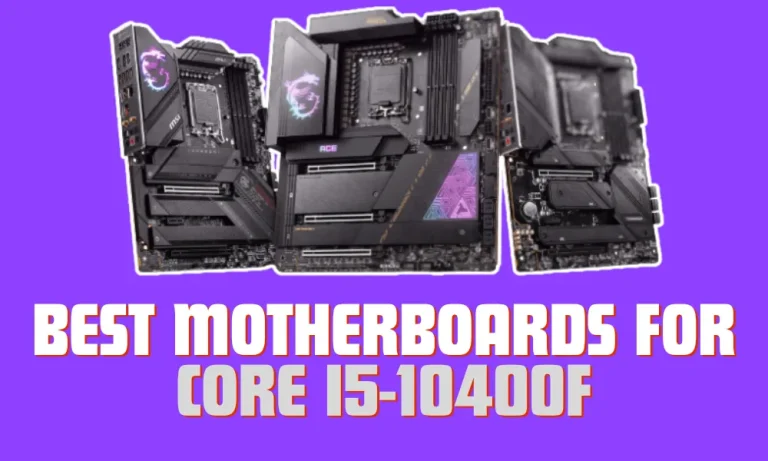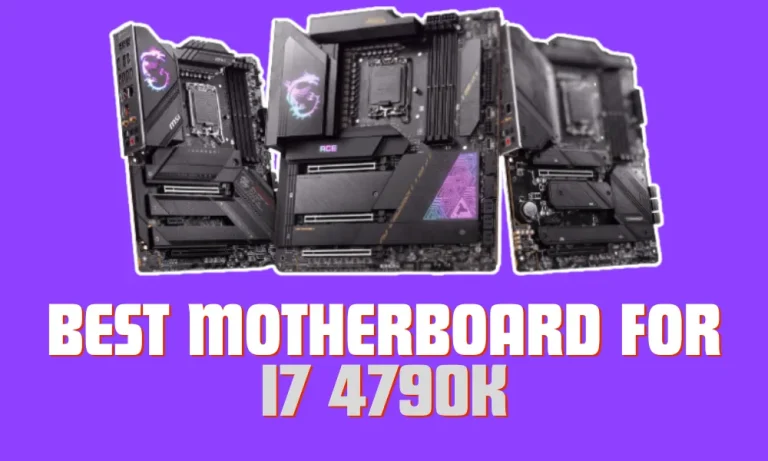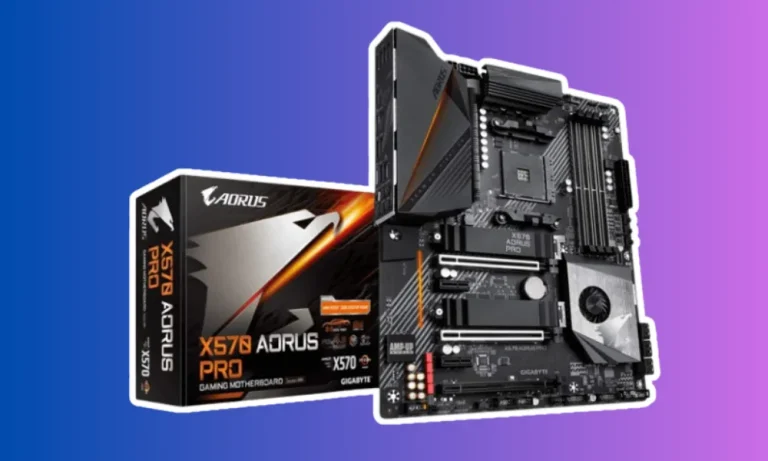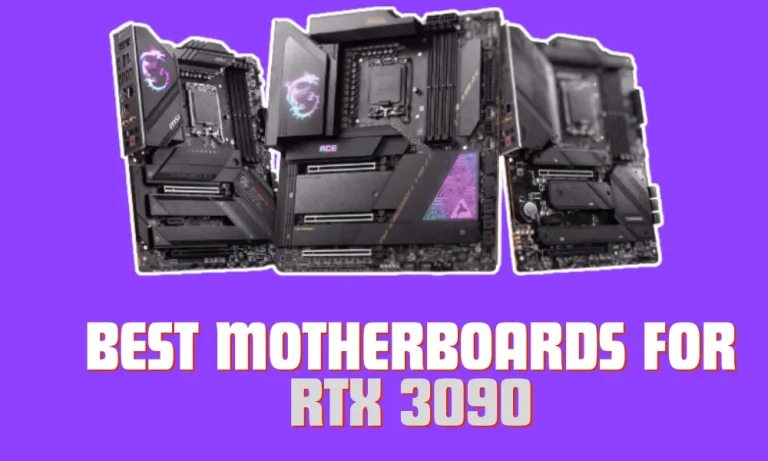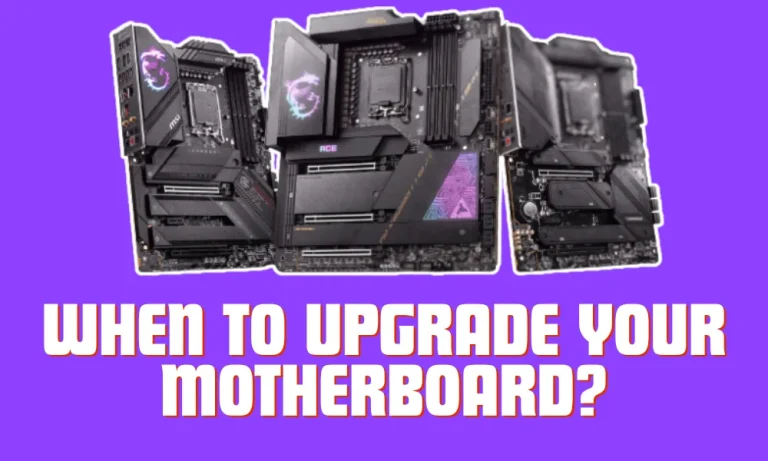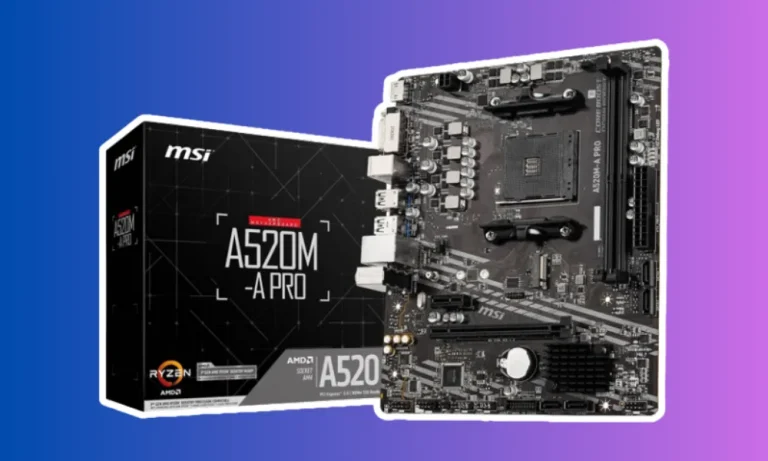Does My Motherboard Have Bluetooth?
Does your motherboard have Bluetooth? Find out if your computer can connect wirelessly to devices like headphones, speakers, and smartphones. In this guide, we’ll explore the world of Bluetooth technology, explain how it works, and show you how to check if your motherboard supports it. Let’s dive in!
Understanding Bluetooth
In today’s interconnected world, Bluetooth has become an integral part of our everyday lives. This wireless technology enables seamless communication between devices, eliminating the need for messy cables and wires.
Introducing Bluetooth Technology: Bluetooth is a wireless communication standard that allows devices to connect and exchange data over short distances. It was developed to simplify the process of connecting devices without the hassle of physical connections. Bluetooth operates using radio waves, enabling devices to communicate with each other without the need for Wi-Fi or cellular networks.
Enabling Wireless Communication: The primary purpose of Bluetooth is to facilitate wireless communication between devices. Whether it’s connecting your smartphone to wireless headphones, linking your laptop to a wireless mouse, or transferring files between devices, Bluetooth makes it all possible. It provides a convenient and efficient way to establish connections and share information without the limitations of cords and cables.
Benefits of Bluetooth Connectivity: Bluetooth offers numerous benefits when it comes to connecting devices. Firstly, it provides a reliable and secure connection, ensuring that data is transferred safely between devices. Bluetooth is also energy-efficient, consuming minimal power, which is crucial for devices like smartphones and wearables with limited battery life. Additionally, Bluetooth is compatible with a wide range of devices, making it versatile and widely adopted across various industries.
Another advantage of Bluetooth is its ease of use. Pairing devices is usually a simple and straightforward process, often involving just a few taps or clicks. Bluetooth connections are also automatic, meaning that once devices are paired, they can reconnect seamlessly without any manual intervention.
Bluetooth Compatibility on Motherboards
When it comes to Bluetooth capabilities, not all motherboards are created equal. Whether your motherboard has Bluetooth support depends on several factors that determine its compatibility with this wireless technology.
Determining Bluetooth Capabilities: The presence of Bluetooth on a motherboard depends on various factors. Firstly, the motherboard must have the necessary hardware components, such as the Bluetooth module, antenna, and connectors. These components enable the motherboard to establish and maintain Bluetooth connections with other devices.
Secondly, the motherboard’s BIOS (Basic Input/Output System) must have the appropriate settings and configurations to enable Bluetooth functionality. The BIOS acts as the firmware that initializes the motherboard’s hardware during the boot process, and it plays a crucial role in determining which features are available, including Bluetooth.
Variations Based on Chipset and Model: Bluetooth support can vary depending on the motherboard’s chipset and model. Chipsets are an integral part of the motherboard and determine its capabilities. Some chipsets come with built-in Bluetooth functionality, while others may require an additional Bluetooth module to be installed.
The model of the motherboard also plays a role in Bluetooth compatibility. Higher-end or premium models often include Bluetooth support as a standard feature. However, budget or entry-level motherboards may omit Bluetooth to keep costs down.
Checking for Bluetooth on Your Motherboard
If you’re unsure whether your motherboard has Bluetooth capabilities, don’t worry! We’ve got you covered with step-by-step instructions on how to check for Bluetooth support on different operating systems, including Windows, macOS, and Linux.
Checking on Windows:
- Begin by clicking on the “Start” button and selecting “Settings.”
- In the Settings menu, click on “Devices.”
- On the left-hand side, select “Bluetooth & other devices.”
- If your motherboard has Bluetooth, you should see the option to toggle Bluetooth on or off. If it’s not present, your motherboard may not have Bluetooth support.
Checking on macOS:
- Click on the Apple menu in the top-left corner and select “System Preferences.”
- In the System Preferences window, click on “Bluetooth.”
- If Bluetooth is available on your motherboard, you’ll see the Bluetooth preferences window with the option to turn Bluetooth on or off. If it’s not visible, your motherboard may lack Bluetooth support.
Upgrading or Adding Bluetooth to Your Motherboard
If your motherboard lacks built-in Bluetooth support, don’t fret! There are options available to add Bluetooth functionality and enjoy wireless connectivity with your devices.
Options for Adding Bluetooth:
- USB Bluetooth Adapter: A USB Bluetooth adapter is a convenient and affordable option. It plugs into an available USB port on your motherboard and provides Bluetooth functionality. These adapters are compact, portable, and compatible with most operating systems.
- PCIe Bluetooth Card: If you have an available PCIe slot on your motherboard, you can install a PCIe Bluetooth card. These cards offer more reliable and faster Bluetooth connections compared to USB adapters. They typically come with an external antenna for better signal strength.
Installing a Bluetooth Adapter or Card:
- Turn off your computer and unplug it from the power source.
- If you’re installing a USB Bluetooth adapter, simply plug it into an available USB port on your motherboard. The operating system will automatically detect and install the necessary drivers.
- For a PCIe Bluetooth card, locate an available PCIe slot on your motherboard. Remove the corresponding metal bracket on the back of your computer case to accommodate the card.
- Carefully insert the Bluetooth card into the PCIe slot, ensuring that it is properly aligned. Apply gentle pressure until it is securely seated.
Replace the metal bracket and secure it with the screws provided. - Reconnect the power source and turn on your computer.
- The operating system will detect the Bluetooth adapter or card and prompt you to install the necessary drivers. Follow the on-screen instructions to complete the installation.
Benefits and Uses of Bluetooth on Your Motherboard
Having Bluetooth functionality on your motherboard brings a multitude of benefits and opens up a world of wireless possibilities.
Advantages of Bluetooth on Your Motherboard:
- Convenience: Bluetooth eliminates the need for cables and wires, providing a seamless and hassle-free connection between your motherboard and Bluetooth-enabled devices. Say goodbye to tangled cords!
- Wireless Peripherals: With Bluetooth, you can connect wireless peripherals such as keyboards, mice, headphones, and speakers to your computer. Enjoy the freedom of movement without compromising on performance.
- File Transfer: Bluetooth enables easy file transfer between your computer and other Bluetooth-enabled devices. Quickly share photos, videos, documents, and more without the need for cables or an internet connection.
- Mobile Device Integration: Bluetooth allows you to connect your smartphone or tablet to your computer effortlessly. Seamlessly sync your devices, transfer files, and even control your computer remotely.
- Audio Streaming: Enjoy wireless audio streaming from your computer to Bluetooth-enabled speakers or headphones. Experience high-quality sound without the limitations of cables.
Uses of Bluetooth on Your Motherboard:
- Gaming: Connect wireless gaming controllers to your computer for an enhanced gaming experience. Say goodbye to cumbersome cables and enjoy unrestricted movement during gameplay.
- Home Automation: Bluetooth can be utilized to control smart home devices such as lights, thermostats, and security systems from your computer. Create a connected and automated home environment.
- Presentations: Use Bluetooth to connect your computer to a Bluetooth-enabled projector or display. Deliver professional presentations without the hassle of cables and adapters.
- Wireless Printing: Connect your computer to a Bluetooth-enabled printer for wireless printing. Print documents and photos conveniently from your computer without the need for a physical connection.
Troubleshooting Bluetooth Issues
Encountering Bluetooth problems on your motherboard can be frustrating, but fear not! With a few common troubleshooting tips, you can resolve most Bluetooth issues and enjoy seamless wireless connectivity.
Common Troubleshooting Tips:
- Restart Your Computer: Sometimes, a simple restart can resolve Bluetooth issues. Restart your computer and see if the problem persists. This can help reset any temporary glitches or conflicts.
- Update Bluetooth Drivers: Outdated or incompatible drivers can cause Bluetooth problems. Visit the manufacturer’s website and download the latest Bluetooth drivers for your motherboard. Install them and restart your computer.
- Check Bluetooth Settings: Ensure that Bluetooth is enabled on your computer. Go to the Settings or Control Panel and navigate to the Bluetooth settings. Make sure Bluetooth is turned on and set to discoverable mode if you’re trying to connect a new device.
- Remove Paired Devices: If you’re unable to connect to a specific device, try removing it from your list of paired devices. Go to the Bluetooth settings and delete the device. Then, try pairing it again.
- Clear Interference: Bluetooth signals can be affected by interference from other devices. Move your computer and Bluetooth devices away from sources of potential interference, such as Wi-Fi routers, cordless phones, and microwave ovens.
Software Conflicts and Hardware-Related Issues:
- Software Conflicts: Conflicts with other software or applications running on your computer can interfere with Bluetooth functionality. Update or uninstall any recently installed software that might be causing conflicts.
- USB Port Issues: If you’re using a USB Bluetooth adapter, try plugging it into a different USB port. Sometimes, certain USB ports may have compatibility issues or power limitations.
- Hardware Interference: Some motherboards may have internal components that can interfere with Bluetooth signals. If possible, try repositioning the Bluetooth adapter or card to a different PCIe slot to minimize any potential interference.
FAQs: Does My Motherboard Have Bluetooth?
How can I check if my motherboard has Bluetooth?
You can check if your motherboard has Bluetooth by referring to the motherboard’s specifications on the manufacturer’s website or consulting the user manual. Look for Bluetooth support or a mention of wireless connectivity.
Can I add Bluetooth to my motherboard if it doesn’t have it?
Yes, you can add Bluetooth to your motherboard if it doesn’t have built-in support. One option is to install a Bluetooth adapter, either internally (PCIe card) or externally (USB dongle), to add Bluetooth functionality to your computer.
Do all modern motherboards come with Bluetooth?
No, not all modern motherboards come with Bluetooth. While many newer motherboards include Bluetooth as a standard feature, some entry-level or budget-oriented models may not have built-in Bluetooth. Always check the specifications before purchasing.
Can I upgrade the Bluetooth version on my motherboard?
No, the Bluetooth version on your motherboard is determined by its hardware capabilities. You cannot upgrade the Bluetooth version itself. However, you can update the Bluetooth drivers to ensure you have the latest features and bug fixes.
Is Bluetooth on a motherboard the same as Wi-Fi?
No, Bluetooth and Wi-Fi are separate wireless technologies. While they both enable wireless communication, they serve different purposes. Bluetooth is primarily used for short-range device-to-device connections, while Wi-Fi is used for internet connectivity and networking over longer distances.
Conclusion
Determining whether your motherboard has Bluetooth is essential for unlocking the full potential of wireless connectivity. By checking the specifications of your motherboard or consulting the manufacturer’s website, you can easily find out if Bluetooth is available. Embrace the convenience and versatility of Bluetooth and enjoy seamless wireless connections with your devices!

